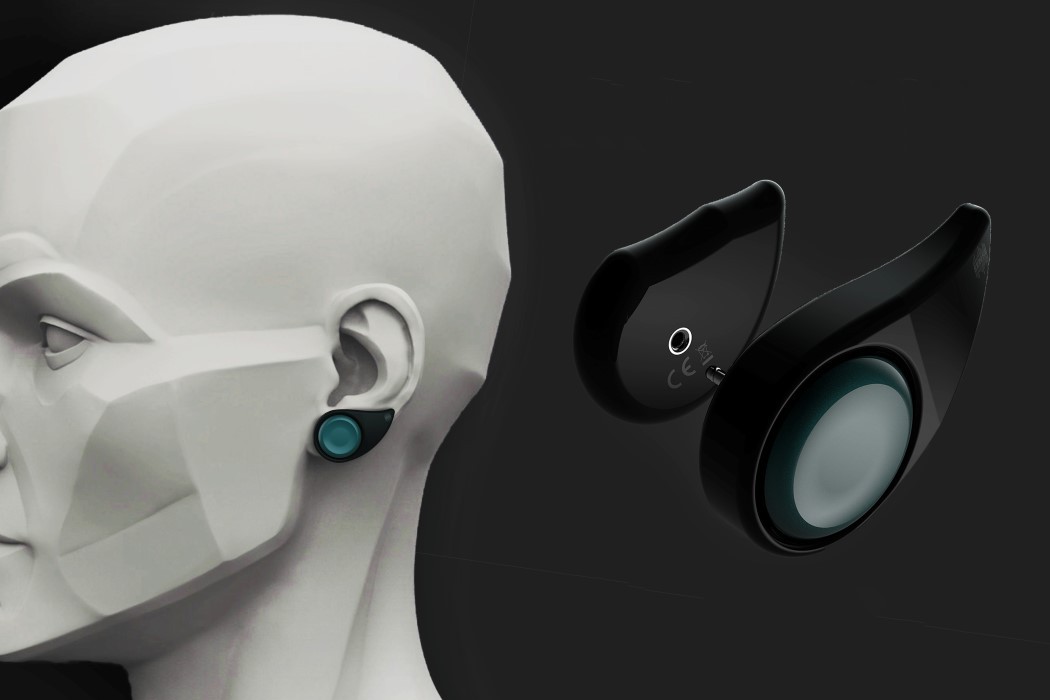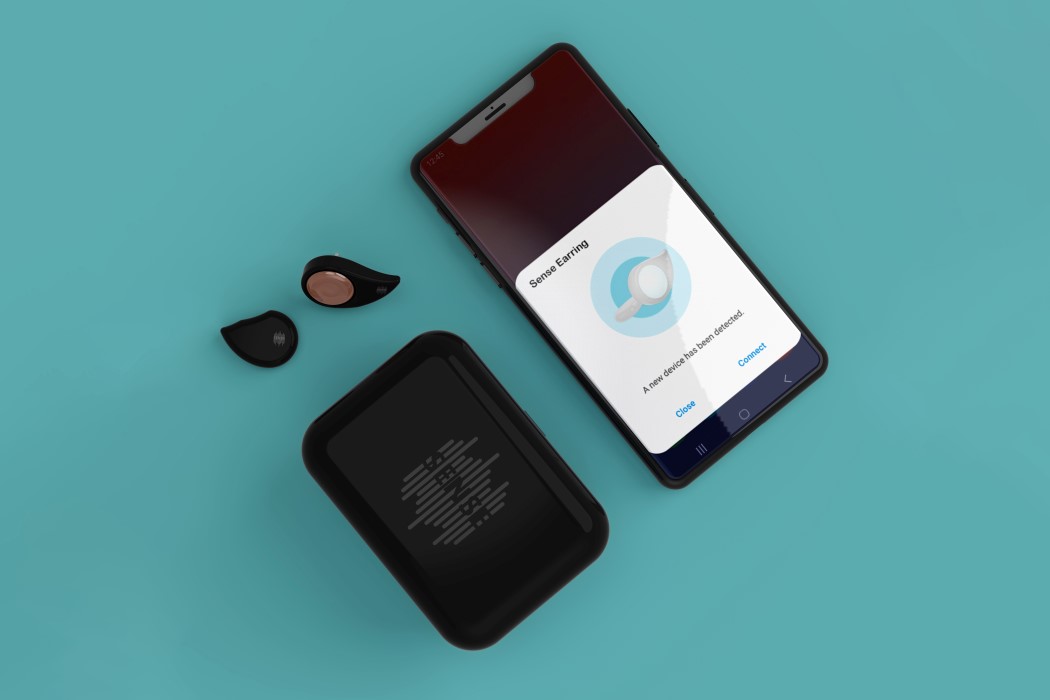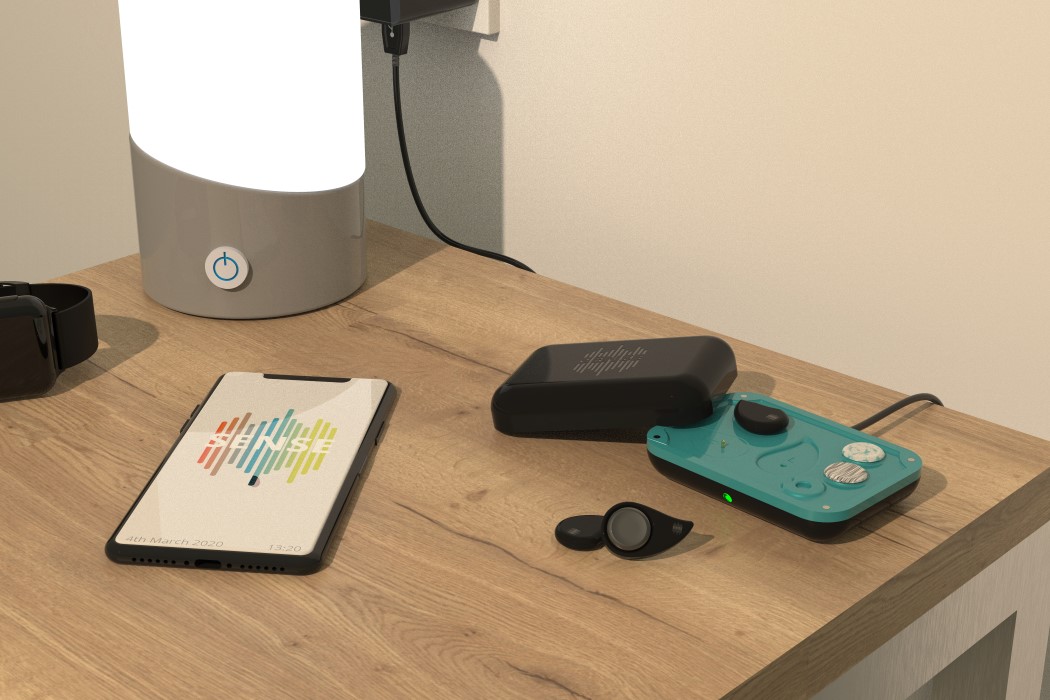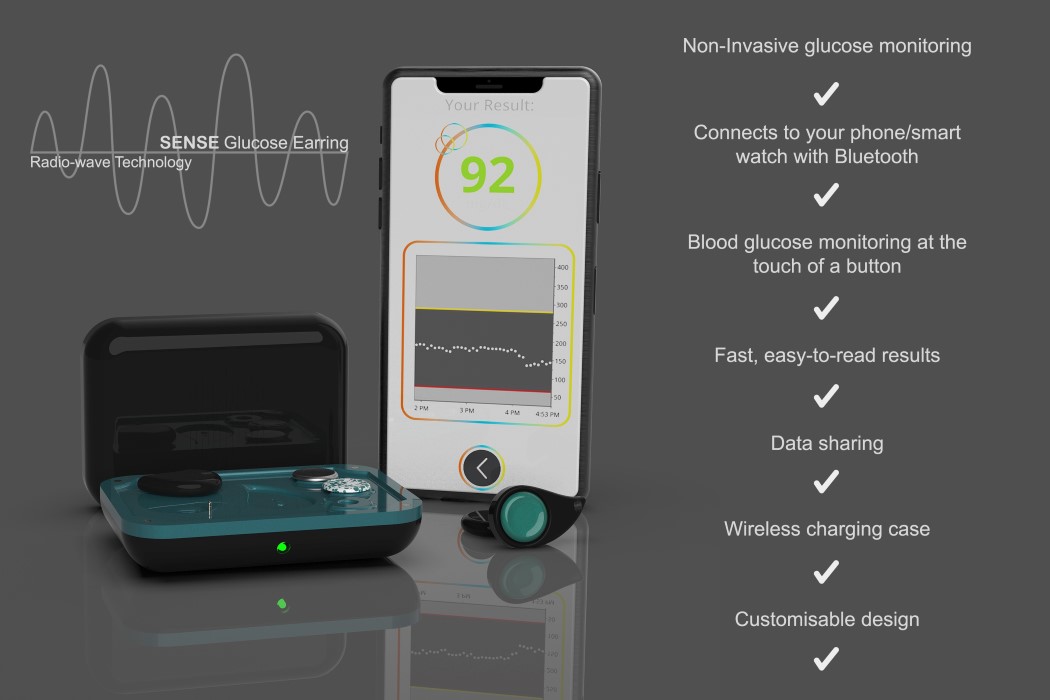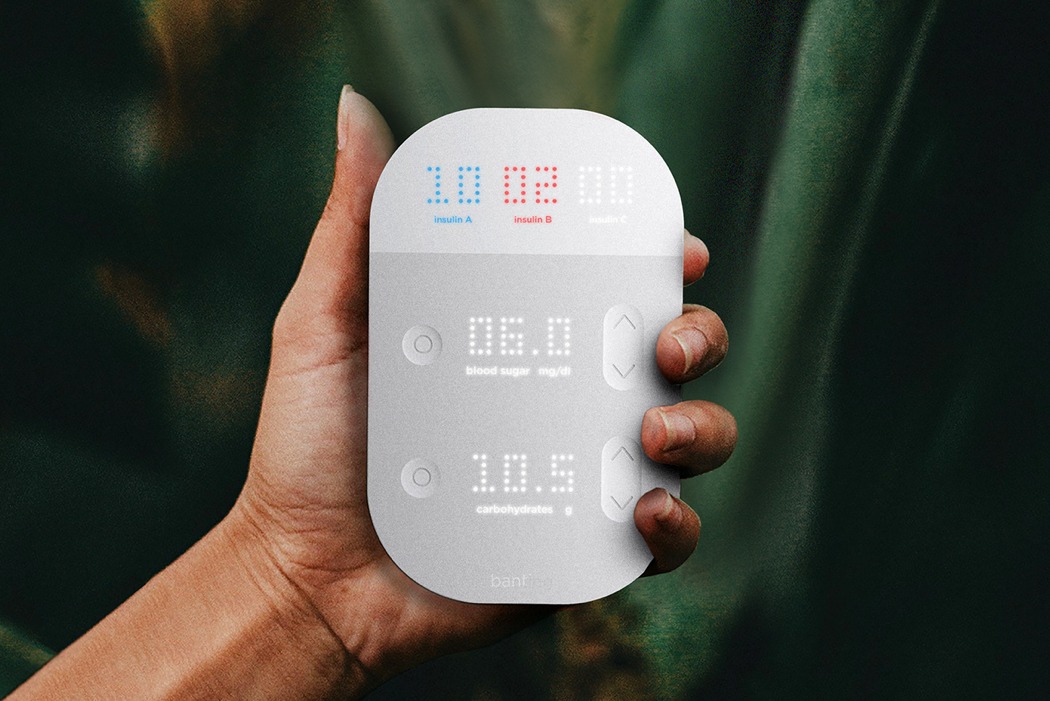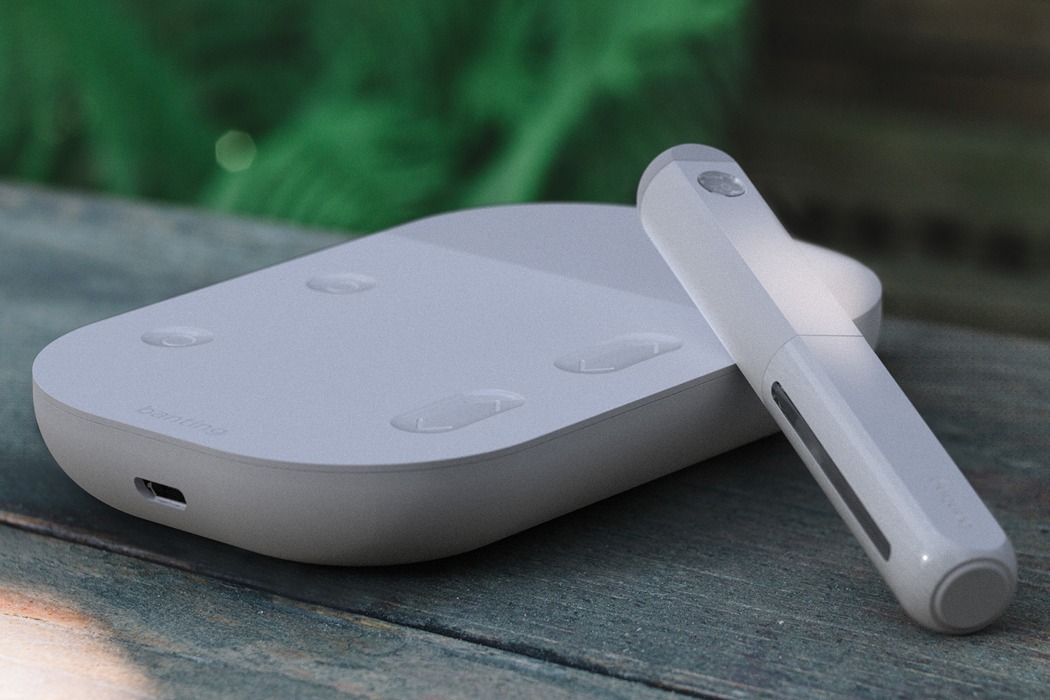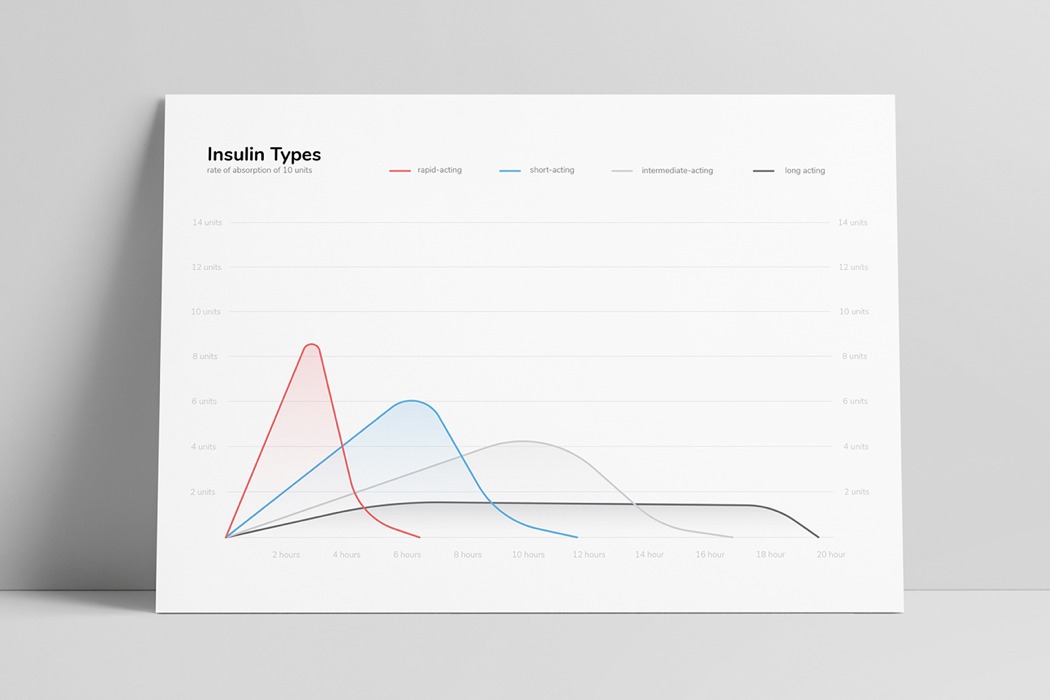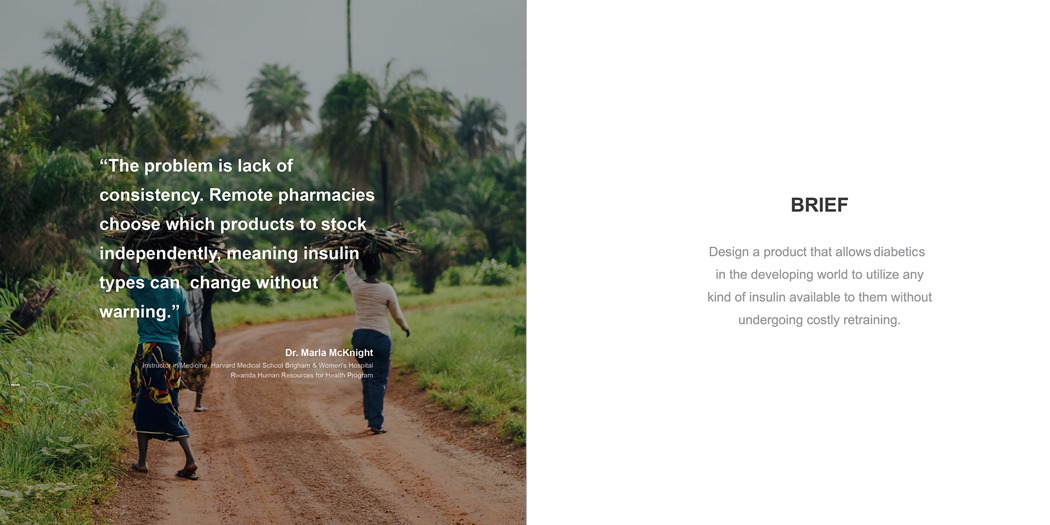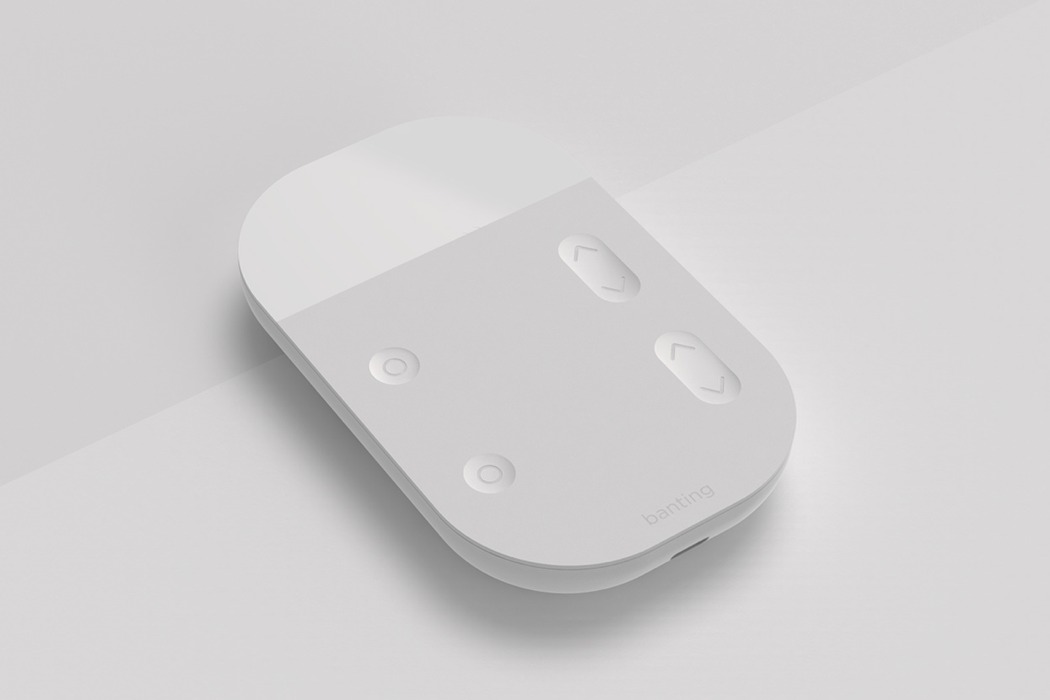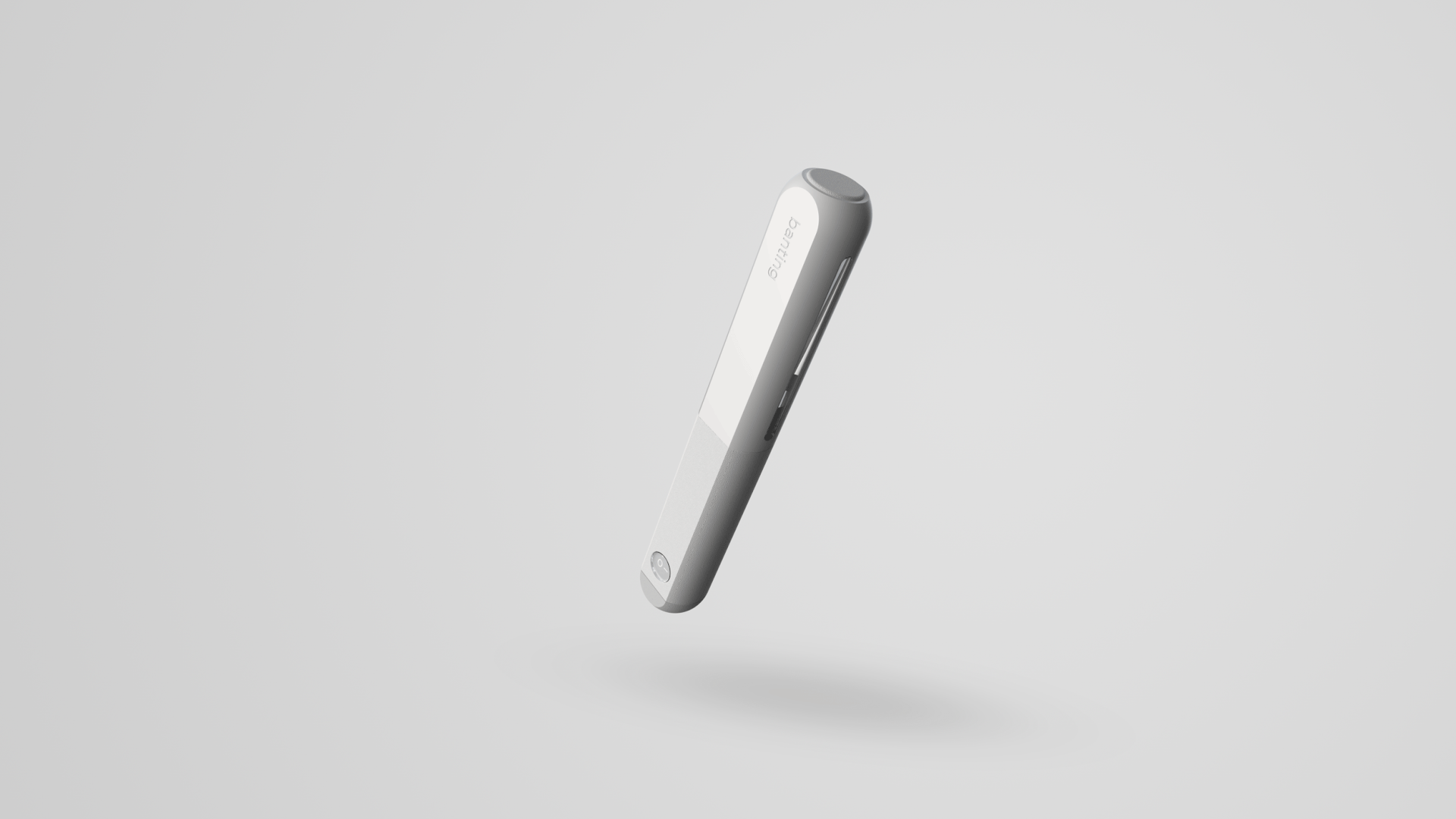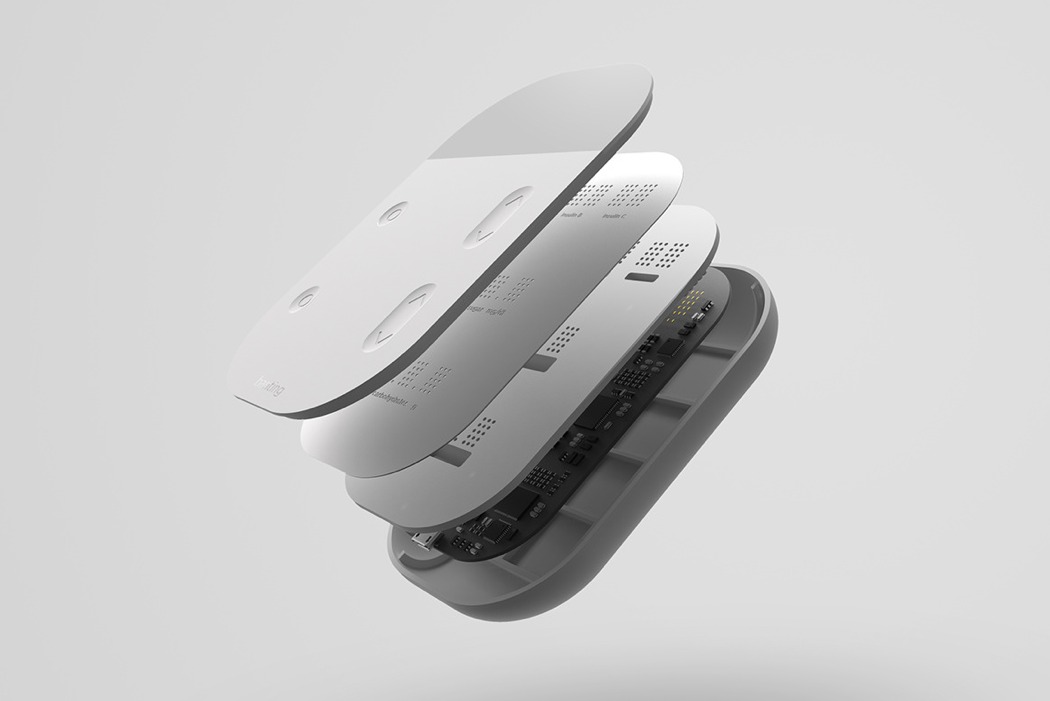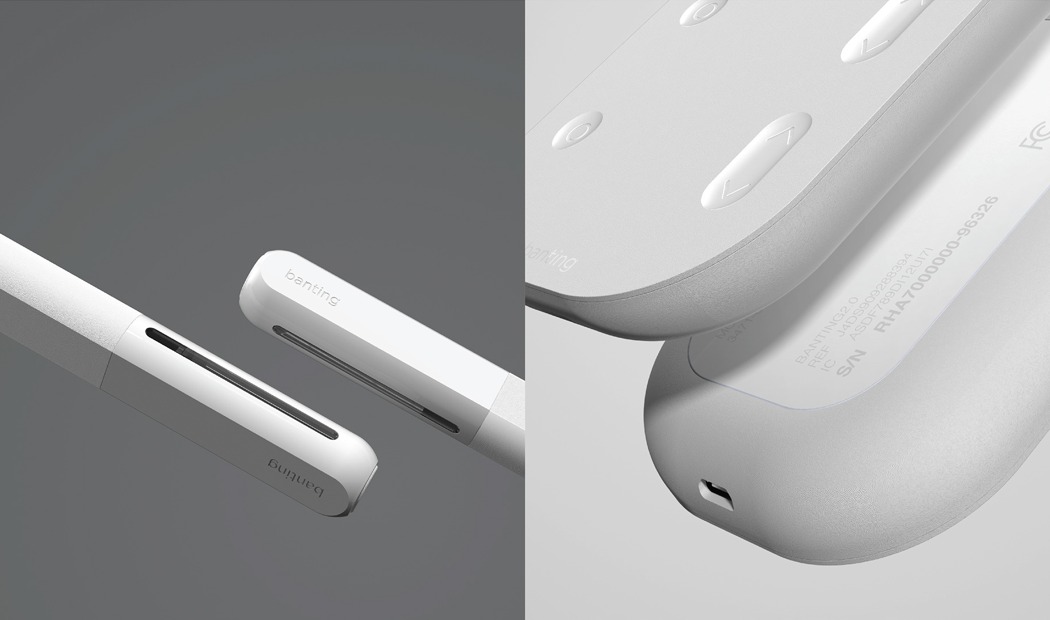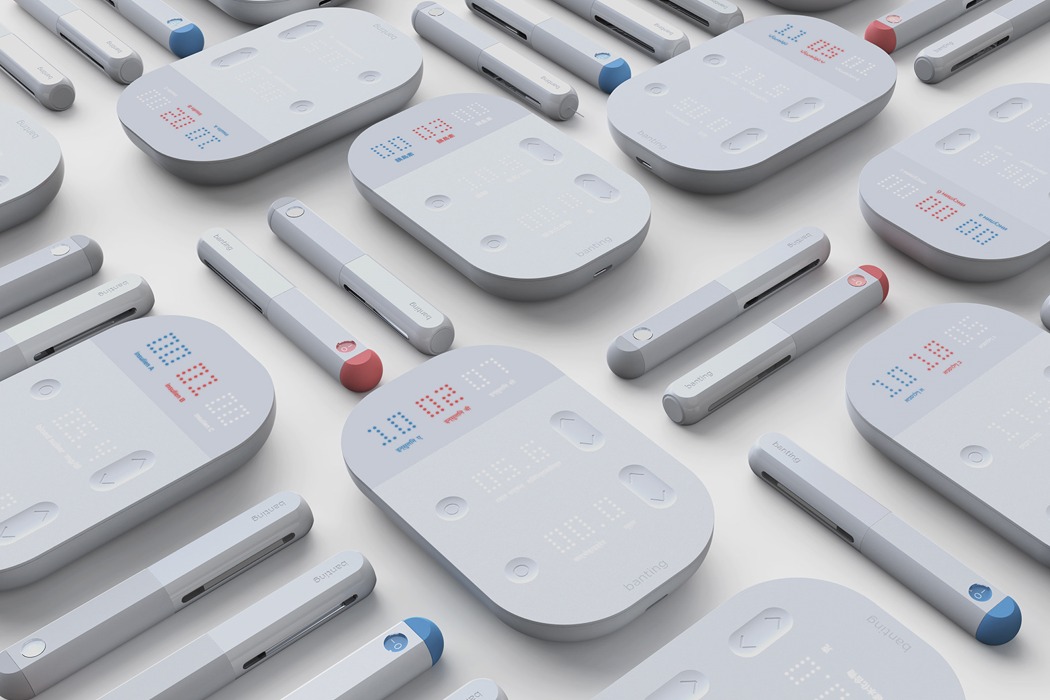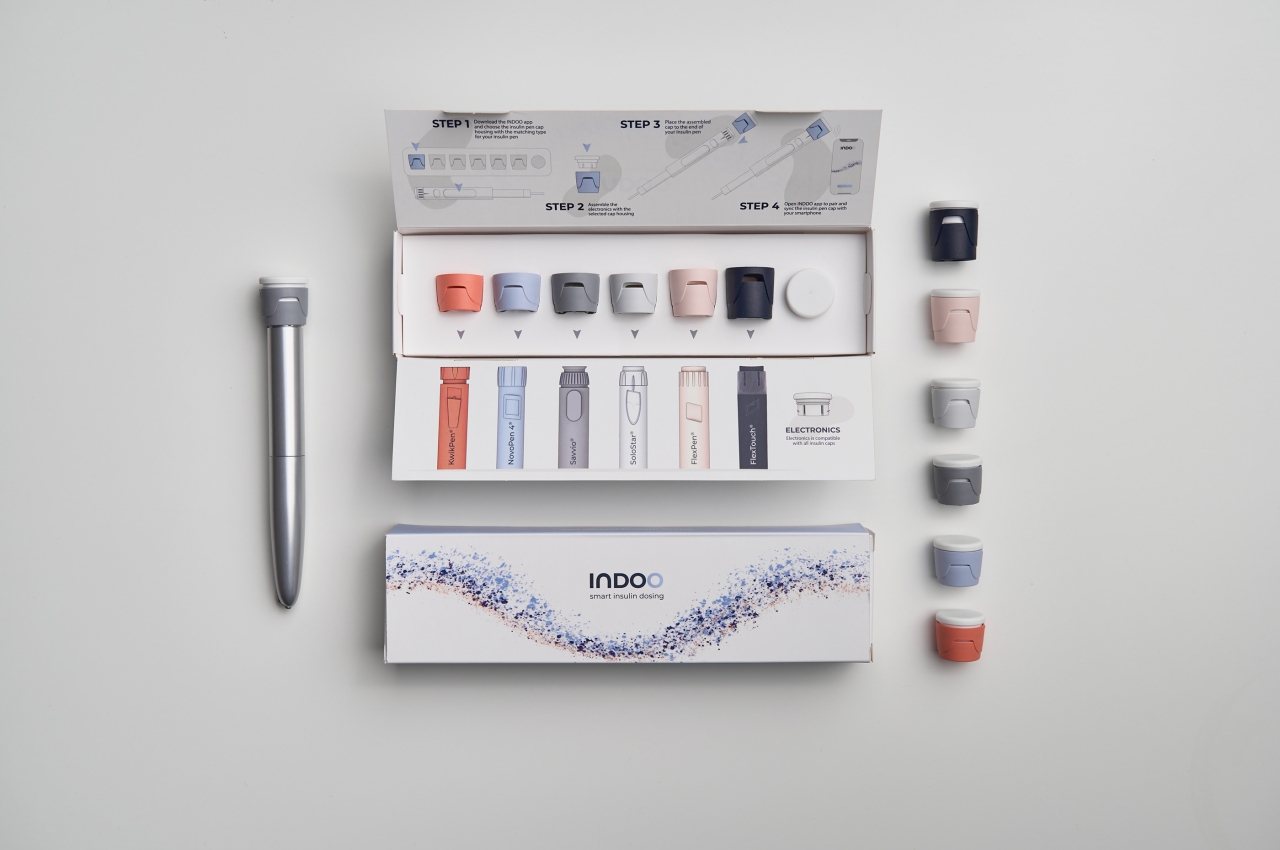
There’s still no escaping having to prick yourself to deliver life-saving insulin, but that doesn’t mean keeping track of your diabetes data has to be stuck in the past either.
Smartwatches and fitness trackers have become a lot more sophisticated in the past few years, but there are still some medical conditions that are still outside the grasp of these devices. Accurately measuring blood pressure, for example, still requires some sort of inflatable cuff. Diabetes management is even more painful, almost literally, because of the need to draw blood and inject the medication. We’re still far from reaching that non-intrusive goal of diabetic management, but one seemingly innocuous product is trying to make that process a little bit smarter.
Designer: Luca Lili Takacs, Csilia Antal for X-Plast
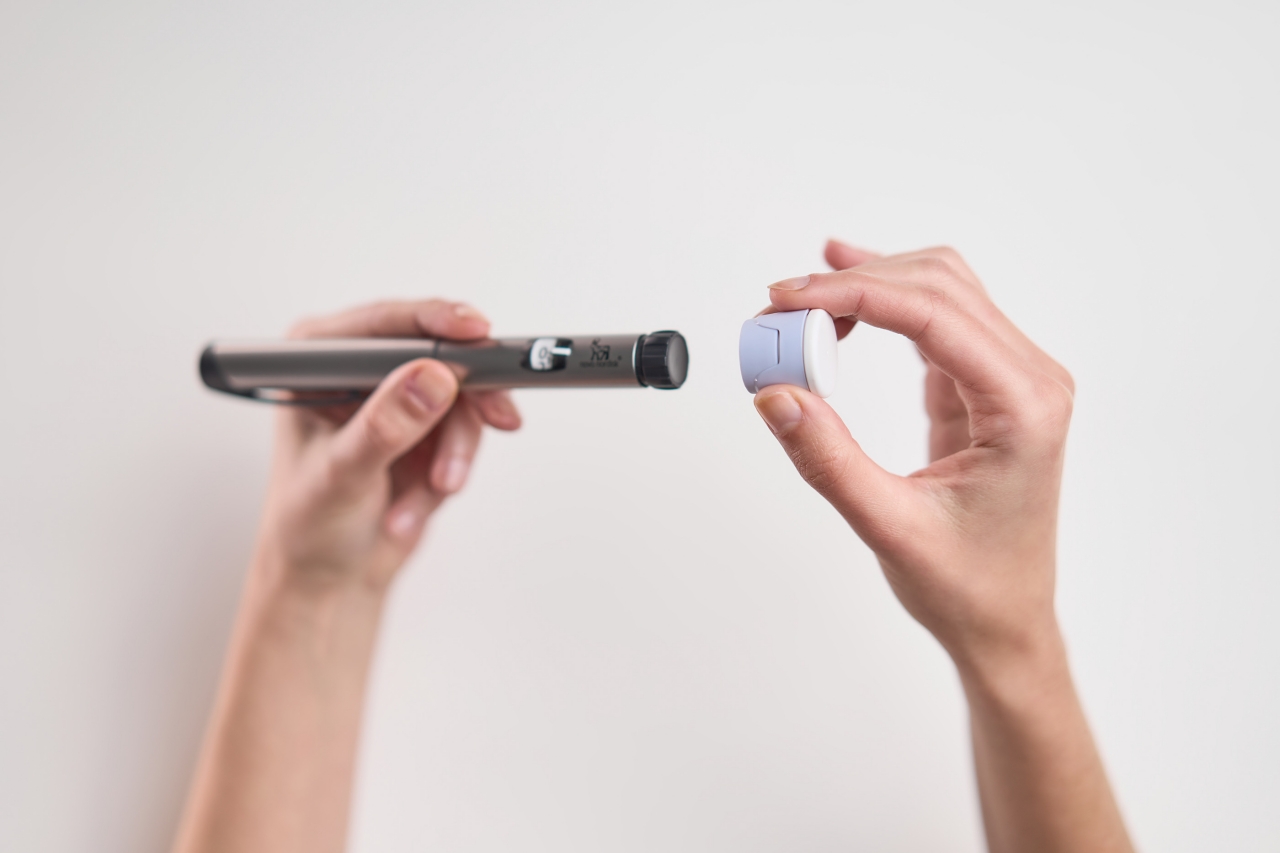
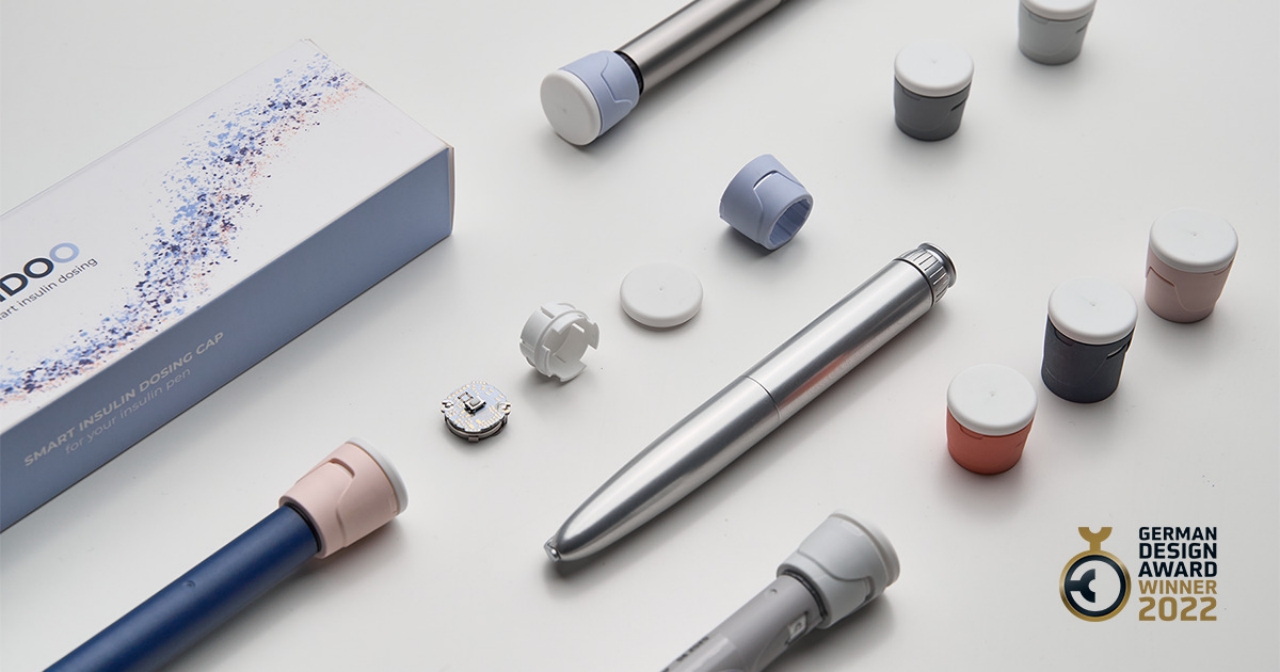
Injecting insulin into the body used to require some medical know-how, but anyone with diabetes can now administer a dose on their own. There are also more alternatives these days to the typical syringes and pumps, with the insulin pen becoming to most convenient and most stylish option. All of these methods, however, still require no small amount of manual data tracking, something that the INDOO smart insulin pen caps are trying to address.
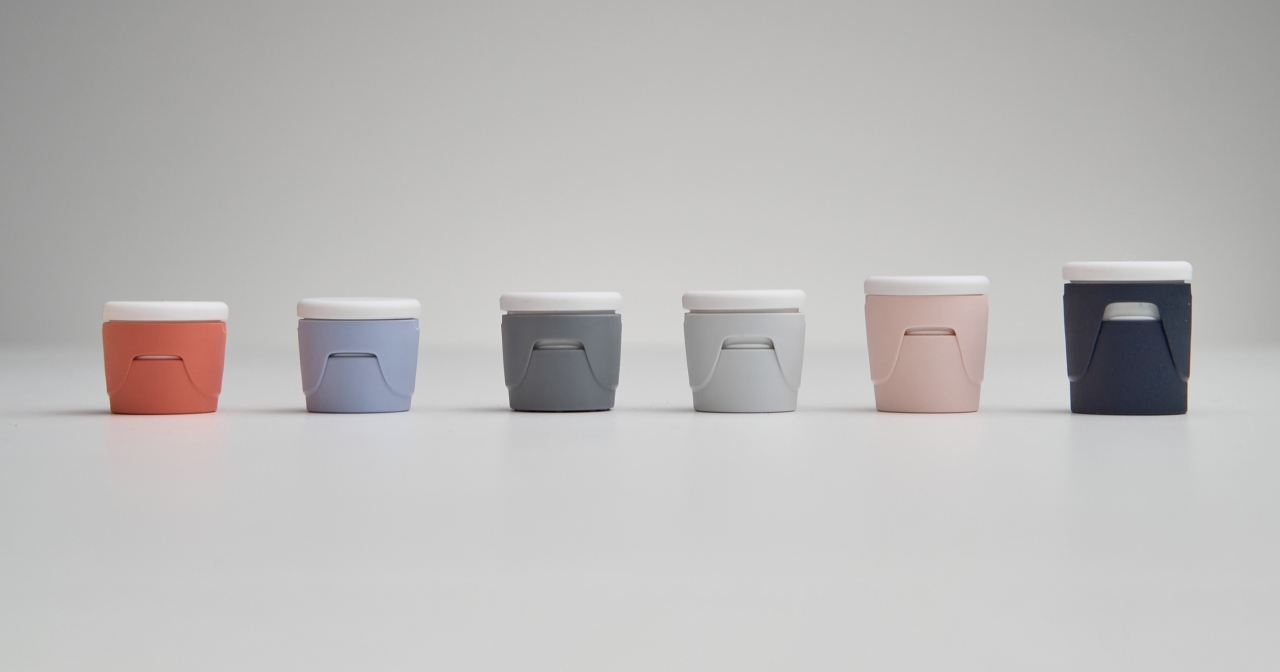
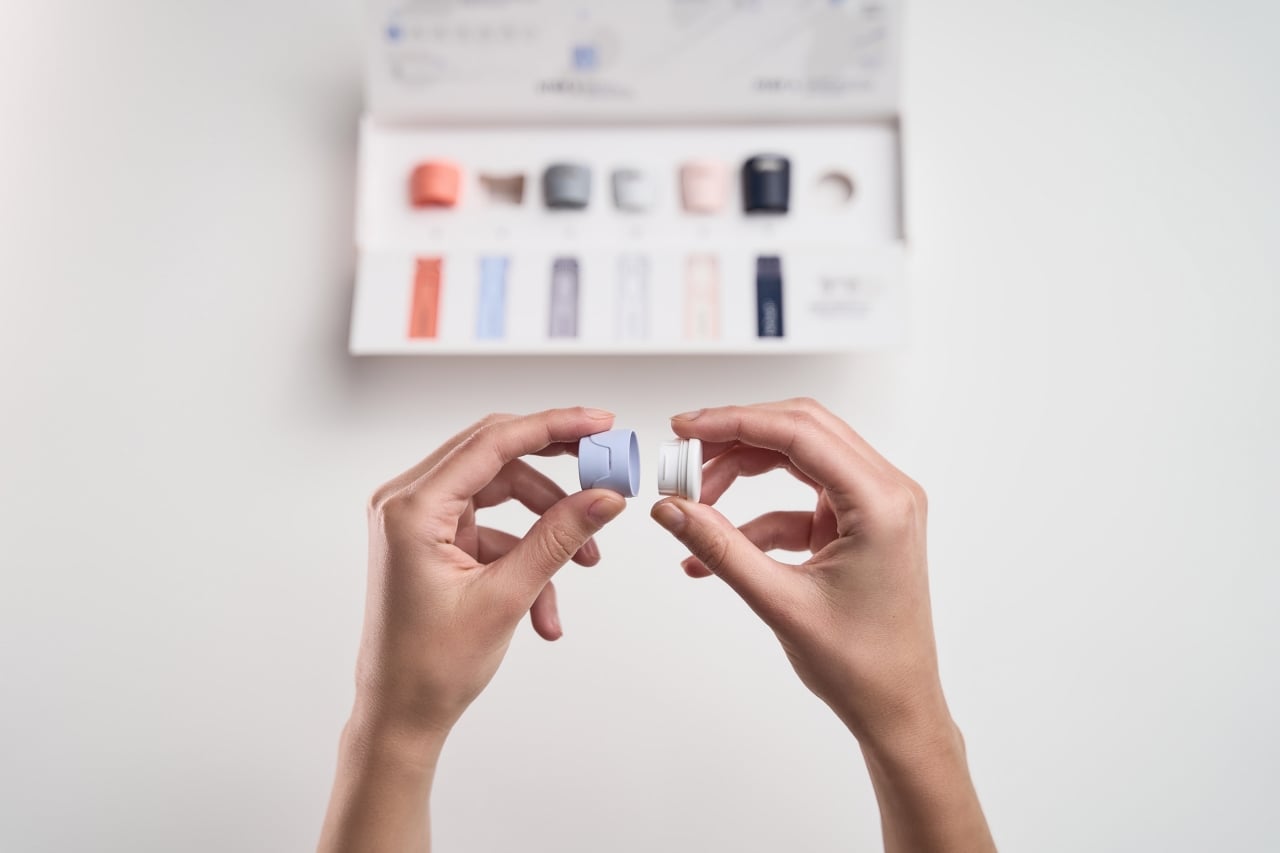
These caps look like gigantic versions of typical pen caps, which isn’t surprising given how insulin pens are equally gigantic compared to the handwriting tool. A box contains different caps designed to fit the different types of insulin pens available in the market today. This makes it easy to switch brands without having to buy a new set. The electronics part can simply be transferred from one cap to another.
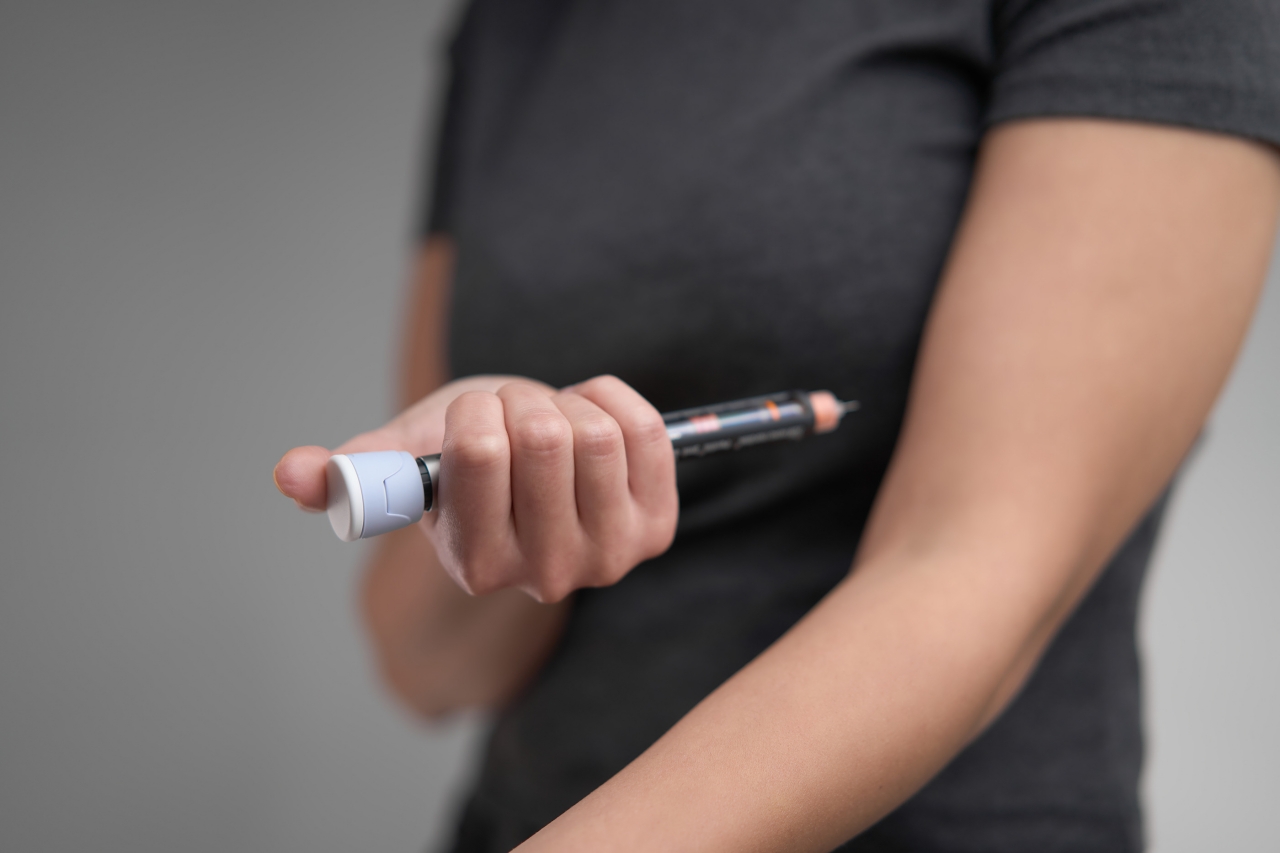
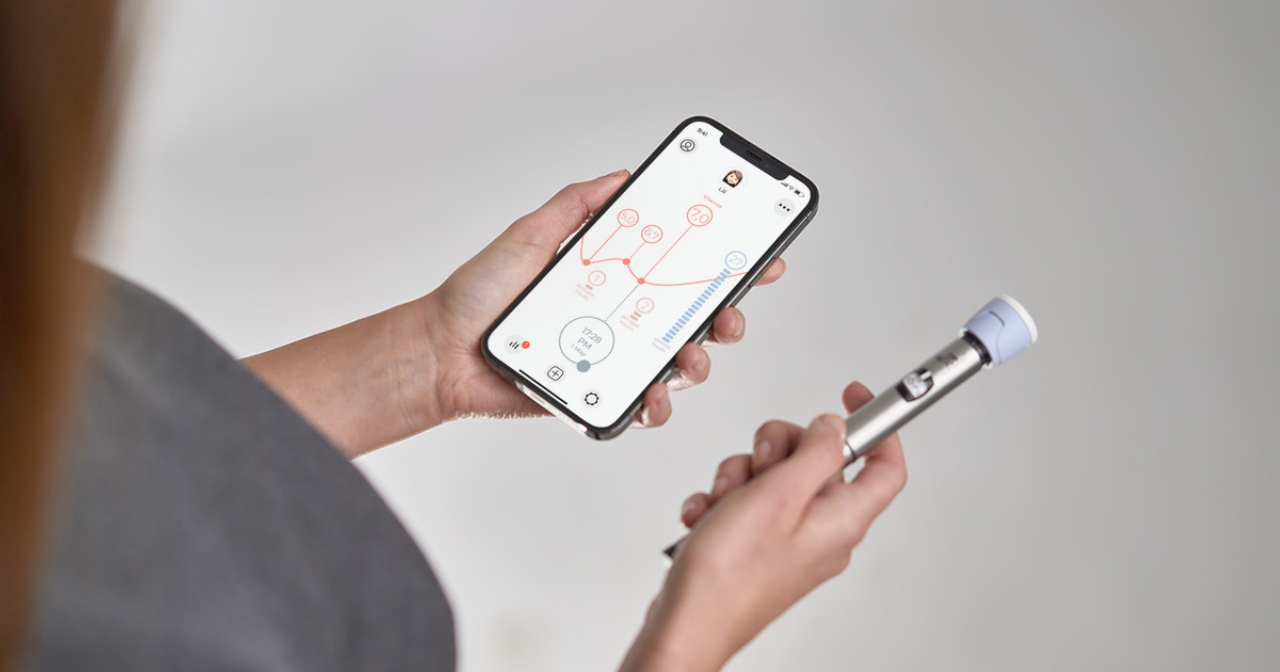
The INDOO isn’t just decorative, of course, and it turns any insulin pen into a smart insulin pen. It helps with the management and tracking of doses and insulin levels, a critical activity that can mean life or death for a diabetic patient. As with any smart accessory, it has to be paired with a smartphone app that will offer notifications, warnings, and suggestions that could save the person’s life.
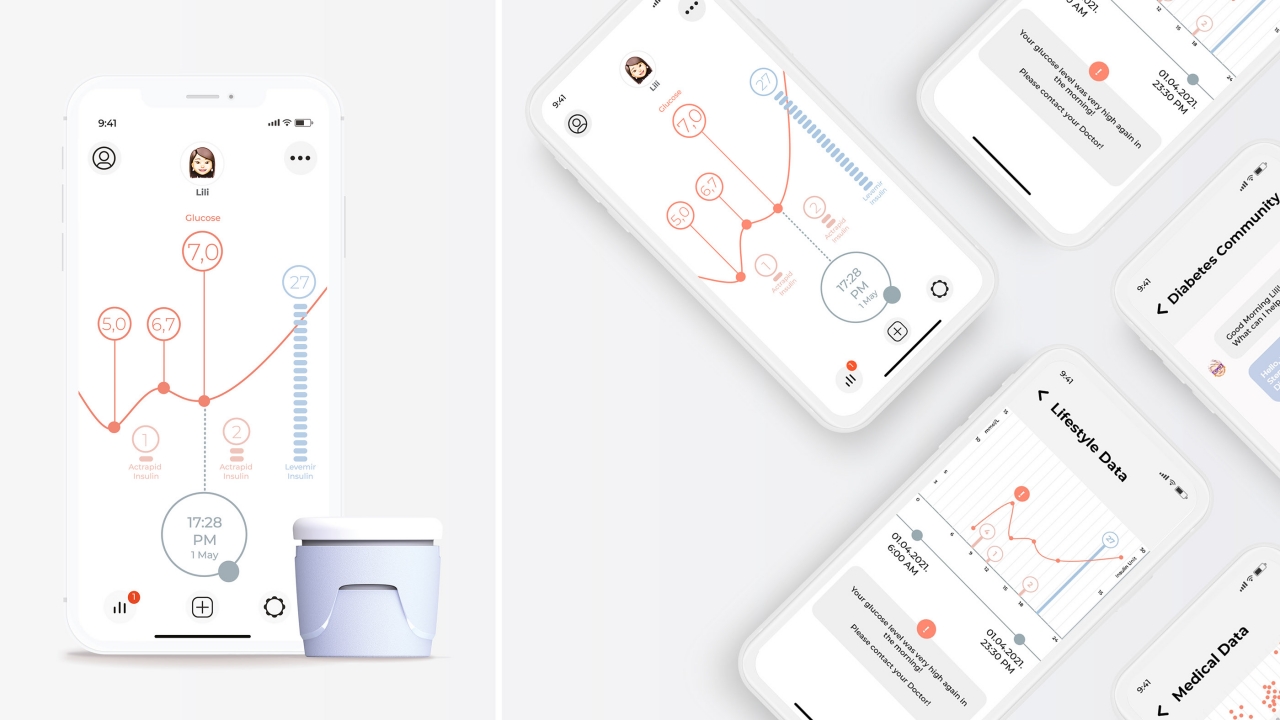
There are some insulin pens that are starting to offer smart features, but the INDOO offers a solution that won’t force you to change brands unless you really need to. Considering how some insulin pens do get thrown out after a period of use, these savings add up in the long run.
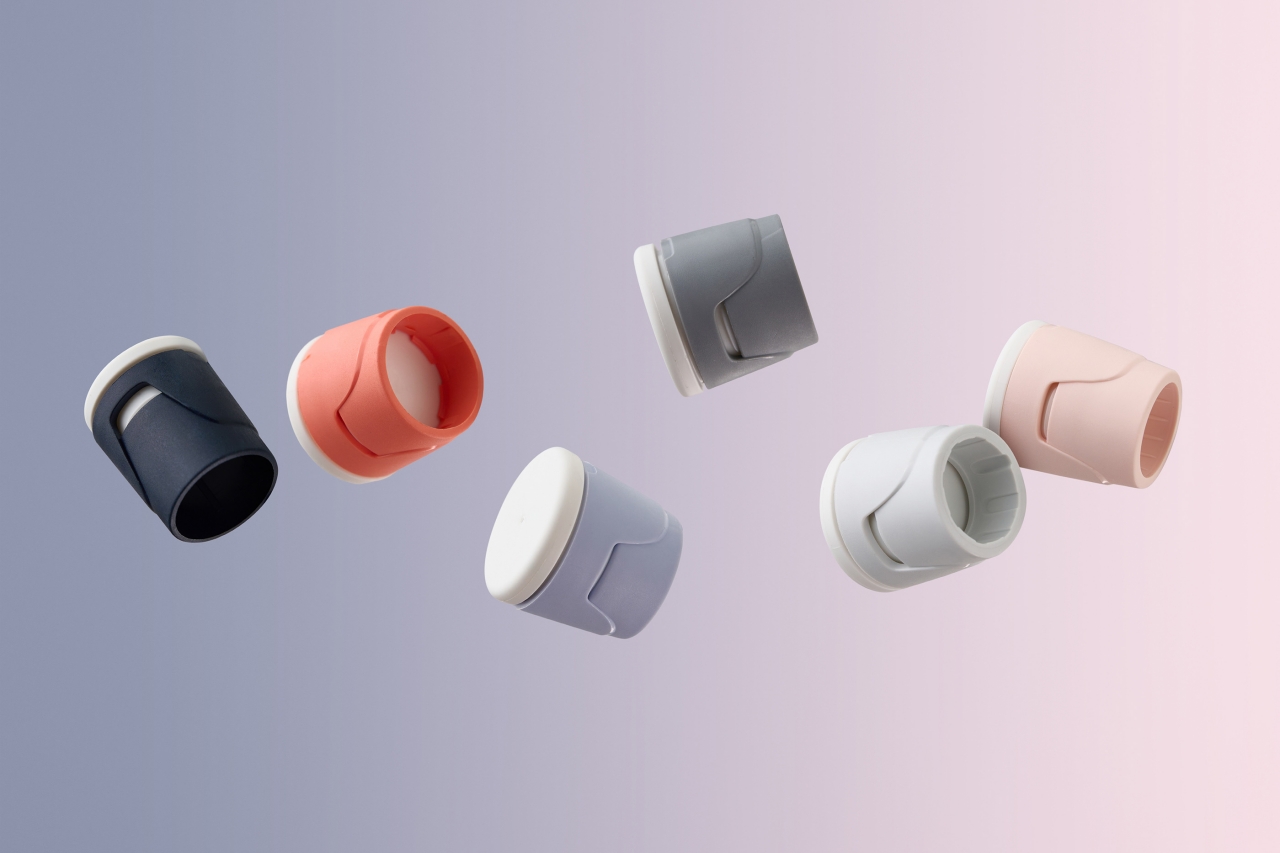
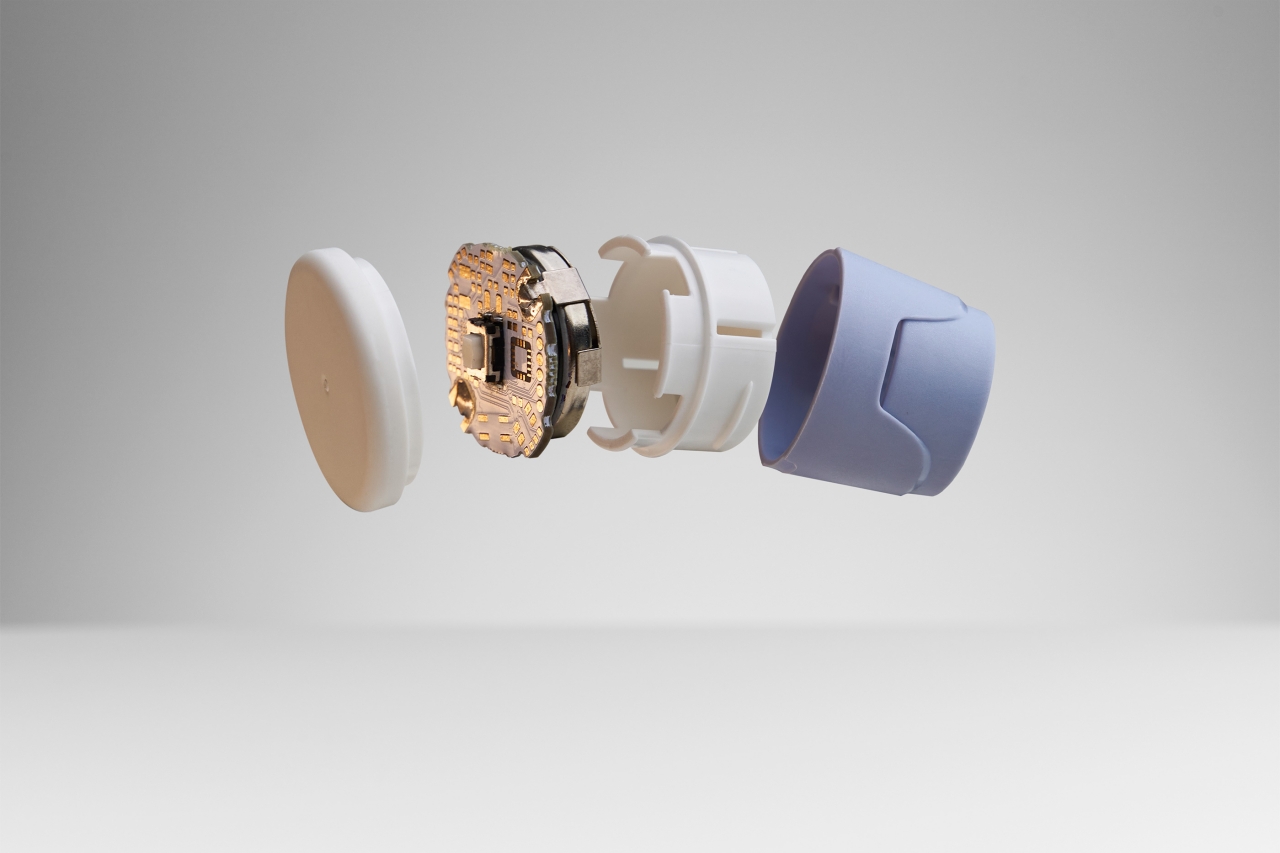
The post This insulin pen cap concept tries to make diabetes management less tedious first appeared on Yanko Design.
